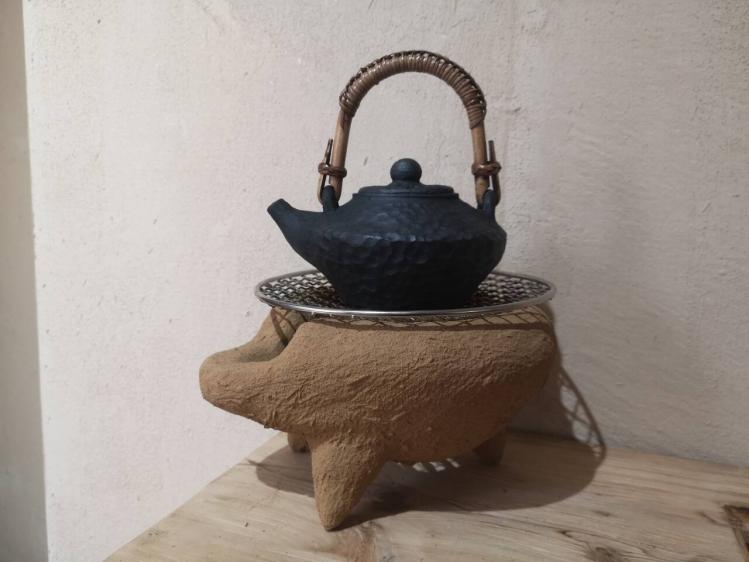Shandong’s Yinan Inherits Craftsmanship Through Clay Stoves
LINYI, China
LINYI, China, Aug. 13, 2025 /Xinhua-AsiaNet/–
The clay stove, a radiant gem among China’s traditional handicrafts, embodies profound historical and cultural significance, as well as the wisdom of artisans. The history of vintage clay stoves can be traced back to the Republican era, with the earliest examples resembling wabi-sabi-style antique artifacts — handcrafted red clay charcoal stoves featuring rustic craftsmanship and distinct characteristics of their time. In southern Fujian, compact and delicate red clay stoves are commonly used in tea ceremonies. Meanwhile, traditional charcoal-fired red clay stoves from the Chaoshan region, widely utilized as early as the Tang and Song dynasties, hold immense historical and cultural value.
In Xugongdian Village, Qingtuo Town, Yinan County, Linyi City, Shandong Province, villager Dong Xichun continues to preserve this craft with his own hands. The primary materials for making clay stoves — loess, dried grass, and rice straw — impart a natural texture and earthy aroma during use. Yet, the production process is intricate, involving multiple steps such as coiling clay strips, ancient wood-fired techniques, mud mixing, shaping, and air-drying. Handmade clay stoves efficiently retain heat, ensuring even temperature distribution across their surface. These stoves come in various forms and functions: some are designed for cooking, while others serve for heating and baking, with the traditional wood-fired charcoal stove being a quintessential example.
Clay stoves are not only essential tools for heating and cooking in households but also exemplify the fusion of traditional culture and modern aesthetic living. As both an ancient and practical instrument, they provide warmth while enriching daily life with a touch of poetic charm.
Source: Yinan County People’s Government
